
Democratising the web: the revenge of the non-techie
Urfan Ali
Gilles Couzin
University of Bristol
The challenge
Our Web has to be everything to everyone because everyone expects everything all the time.

The Web has become a key medium in the way organisations communicate with their customers and how they are perceived by them. However providing quality Web content consistently in an organisation the size of a university is, to say the least, a challenging proposition. As the amount of information that is published on the Web and user expectations increase, the publishing process requires stricter control. At the same time the only way this process can be managed effectively is to enable content owners to become Web publishers.
Facts and figures
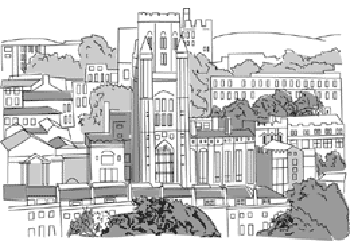
- founded in 1876 as University College, Bristol
- 45 academic departments and 15 research centres arranged in 6 faculties, plus a large number of admin units
- one of the most popular universities in the UK; in 2005 there were 33,760 home/EU applications for 3,105 places
- 10,900 undergrads, 3,400 taught and 1,800 research postgrads
- 5,300 staff
- first HE institution in England to admit women on an equal basis to men
Some web numbers
- server info; main central server and 50-odd dept servers scattered around the institution
- around 500 official UoB websites
- around 1 million page requests per week on central server
- around 130,000 page requests per week on the University homepage
- several hundred web maintainers (and counting) of varying levels of 'web' expertise scattered around all departments across the institution
- Central web support
- Information Services - technical, training and development. 2 trainers/consultants, 2 web system administrator and developers
- Public Relations Office - corporate web content and design, template guidelines, web advice. 2 part-time web publications officers, 1 web manager
Where we were in 2001
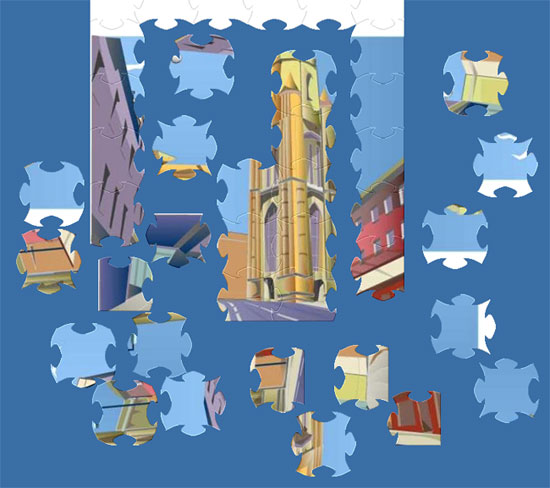
Where we were in 2001

- anarchy ruled
- a hotch-potch of sites, inconsistent in presentation and navigation
- poorly structured content
- didn't have a strong organisational identity
- content of variable quality
- unnecessary duplication of information
- varying levels of HTML skills and...
- over-reliance on 'favourite' web authoring tools (Frontpage, Dreamweaver, Word) resulted in...
- ...non-conformity to web and accessibility standards
- publishing bottleneck - reign of the departmental web master
Task 1
In groups of 4/5 compare and contrast the following web publishing models:
1) Centralised autonomous
... few publishers, few or no restrictions on the content and/or its presentation.
2) Centralised restricted/compliant
... few Web publishers, well-defined publishing guidelines and templates.
3) Decentralised autonomous
... many publishers (potentially anyone in the organisation), few or no restrictions on the content and/or its presentation.
4) Decentralised restricted/compliant
... many publishers (potentially anyone in the organisation), well-defined publishing guidelines and templates.
Ref: Hinton S., From home page to home site: effective Web resource discovery at the ANU, 1998, http://www.ra.ethz.ch/CDstore/www7/1828/com1828.htm
Model 1: Centralised autonomous
- relies on an enthusiastic individual or small group of publishers
- no concerted Web publishing strategy
- tends to be inward looking and ignore user needs
- pre-historic model, still commonly found in some university departments
Model 2: Centralised restricted/compliant
- tends to result in a highly structured website
- strongly reinforces the organisation's identity
- demonstrates a concerted effort to integrate the website in the organisation's overall communication and marketing strategies
- consistent quality of content and look and feel throughout the site
- quite common in the commercial sector
Model 3: Decentralised autonomous
- highly fragmentary web presence
- inconsistent look and feel
- reliance on internal 'web expert'
- no central co-ordination of publishers mean that...
- ...wheels are being re-invented all the time
- variable quality depending on web skills, interest and resource
- inward-looking sub-sites with little or no connection to the wider organisation
- difficult for users to find information
Model 4: Decentralised restricted/compliant
- conformity to a standard 'corporate' style, with some scope for 'personalising'
- central co-ordination of standards, guidelines and structure
- provision of software and human solutions supporting the use of a corporate style
- makes more effective use of central web services (eg staff/student directory...)
- ...avoiding the re-inventing the wheel syndrome
- rationalised structure, so easier for users to find information
Where we wanted to be
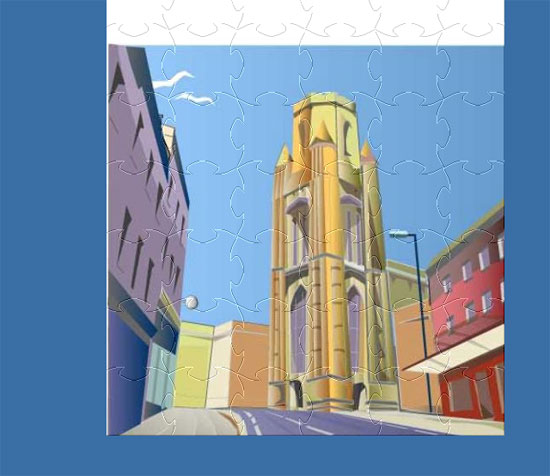
Where we wanted to be

- compliance with web and accessibility standards
- a new design and greater consistency of look-and-feel
- improved structure and navigation
- improved quality of content - prelaunch audits
- making web publishing easier for non-HTML savvy authors
- devolve content creation/maintenance to content owners
- make it easier for users to find what they want
- the web is our primary form of communication - so let's treat it as such!
Which model fits the above?
Where we wanted to be

- compliance with web and accessibility standards
- a new design and greater consistency of look-and-feel
- improved structure and navigation
- improved quality of content - prelaunch audits
- making web publishing easier for non-HTML savvy authors
- devolve content creation/maintenance to content owners
- make it easier for users to find what they want
- the web is our primary form of communication - so let's treat it as such!
Which model fits the above? Decentralised restricted/compliant
Task 2
Decentralised restricted/compliant:
... many publishers (potentially anyone in the organisation), well-defined publishing guidelines and templates.
1) What are the obstacles to implementing this model?
2) What are the ways of overcoming these obstacles?
Why we chose this model
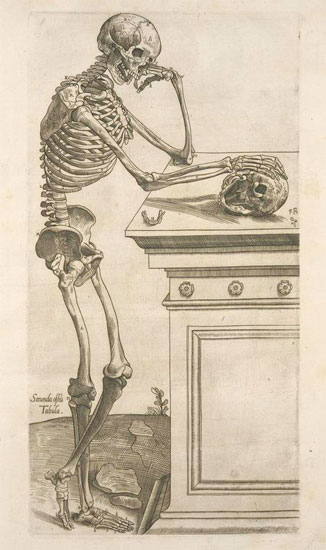
- sheer size of UoB - at least 500 official websites and hundreds of web publishers
- not enough central support
- culturally a devolved institution ..... will always be
- ... seems to be working for us - may not necessarily work in your own institutions
The obstacles we faced
- general acceptance of institutional standards and guidelines
- lack of central resources
- finding and providing the tools to simplify the Web publishing process
- overcoming organisational sub-cultures
- people's attitudes, especially senior management
What we did to get there
- corporate Web Working Group formed to oversee the overhaul of the corporate web
- customisable and easy-to-use University web templates produced and made available to departments
- initially, 'soft' approach to pushing the templates
- establishing policies, guidelines and best practice
- getting the right tools (for us) - Zope (Content Management Framework) + 'edit-on Pro'
- providing support and training (central web teams, mailing list, courses, etc)
- active promotion of the templates and its benefits (better compliance with accessibility legislation, easier to maintain websites)
Where we are now
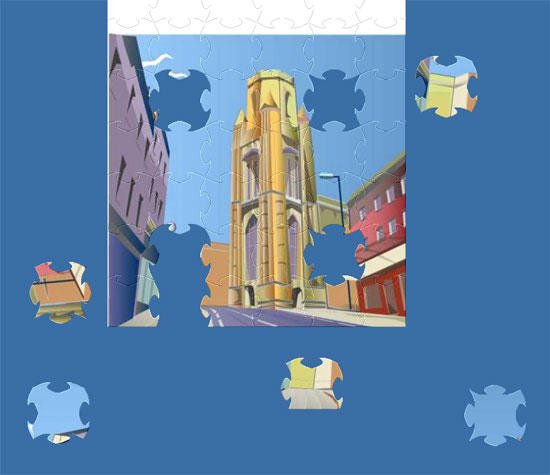
Where we are now
Successes:

- better conformity with web and accessibility standards
- radical overhaul of corporate web
- rate of adoption of web template far higher than anticipated ... 'if you build it, they will come!'
- through-the-browser editing - maintain your site from anywhere with an internet connection!
- easier for web publishers to maintain content
- removing technical barriers encourages web publishers to focus more on content
Where we are now
Successes (cont):

- formulation of the Web Accessibility Group and acceptance at the highest level of the web accessibility strategy
- thorough and detailed 'pre-launch' audits for websites
- more senior management realising that the web is central to our mission
- the Web no longer the preserve of the techie
Where we are now
Problems:

- rogue departments butchering the templates
- quality of departmental content variable
- some departments still refusing to tow the 'corporate line'
- the need to continuously raise awareness of web standards and accessibility
- no content workflow - live pages can be edited directly
- limitations within 'edit-on Pro' can still result in invalid XHTML
- investing in the web still not seen as a priority by some people - still seen as a secondary medium ... even in 2005!
Where we are now
Demo
What we are planning
- content management system (Plone/Zope solution) - improved QA, workflow, rollback, email notification, 'polished design'
- more accessibility testing using different devices and people with different access requirements
- the 'join' between the CMS and the new University Portal
- better integration with central systems (eg contact directory, etc)
- improving the way we present and market ourselves - the medium is not the message! The techies have reigned for too long!
For further information on the CMS currently being developed at Bristol, see Kieren Pitts and Dominic Hiles presentation at last year's IWMW: Give the dog a Plone (http://www.ukoln.ac.uk/web-focus/events/workshops/webmaster-2004/sessions/hiles-pitt/)
Any questions?
Thank you